A Guide to Different Types of Lightning
Heavy rain with bright flashes in the sky is one of the most mesmerizing and, at the same time, frightening natural phenomena that we can witness. But few people know that there are lightning strikes that occur in the upper atmosphere. These phenomena are called transient luminous events (TLEs). There is not much information about them, they are difficult to notice, and they do not look like the lightning bolts we are used to.
5-Minute Crafts will talk about lightning strikes, which you have most likely never heard of.
1. Sprites
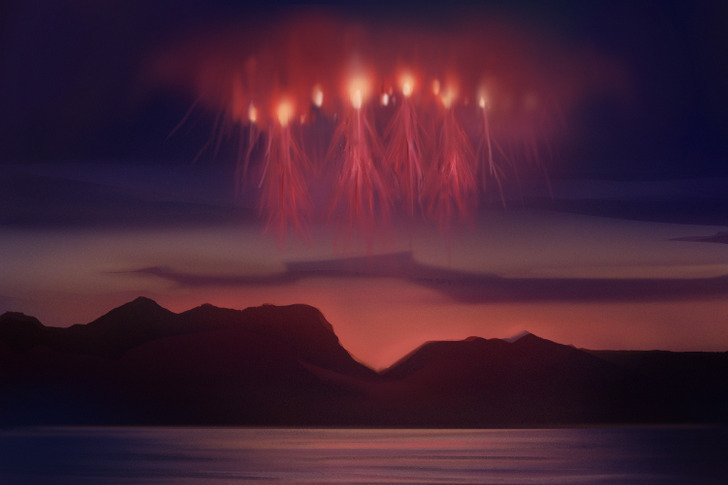
Sprites are electrical discharges that originate high in the earth’s atmosphere. They look like vertical red pillars and may resemble jellyfish. From the Earth’s surface, these lightning bolts may appear small, but sprites can actually be up to 30 miles wide.
Experts in atmospheric electrodynamics believe that sprites are a balancing mechanism that the atmosphere uses to distribute charges vertically. This incredibly fast phenomenon happens in less than a tenth of a second.
2. Jets
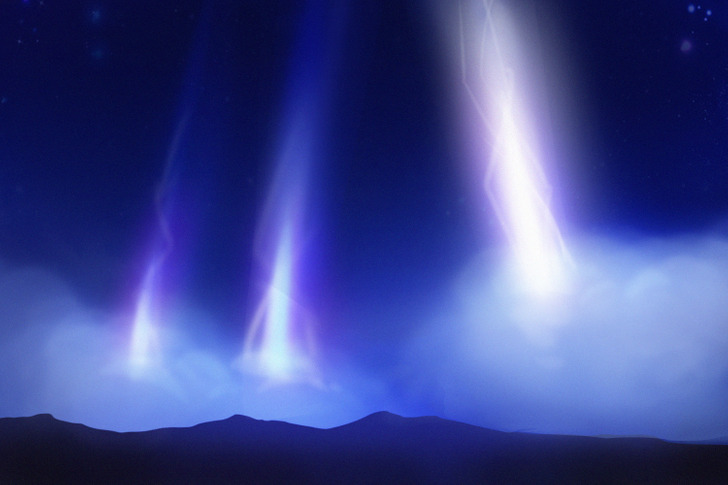
This type of lightning includes blue jets, blue starters, and gigantic jets. These are narrow conical blue flashes that occur between the charge at the top of a thundercloud and the layer of air above it. The height of these outbreaks can reach 25-31 miles. Gigantic jets can reach 43 miles. Blue starters are slightly dimmer and shorter. Their height is about 12 miles.
3. Elves
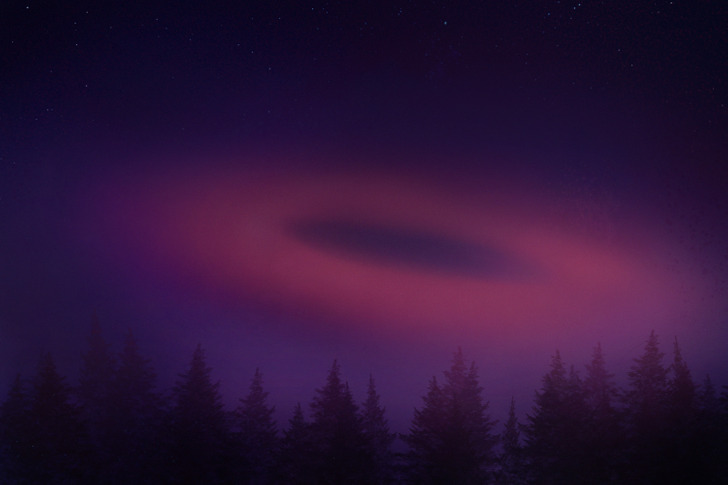
Elves are rapidly expanding disc-shaped areas with a reddish glow. Their diameter can reach up to 300 miles. This phenomenon lasts less than a thousandth of a second. Scientists believe that elves appear when a powerful electromagnetic pulse propagates upward into the ionosphere.
As a rule, elves appear at altitudes of about 100 kilometers above powerful storms. It is believed that the mechanism of their glow is associated with the emission of excited nitrogen molecules.
4. Trolls
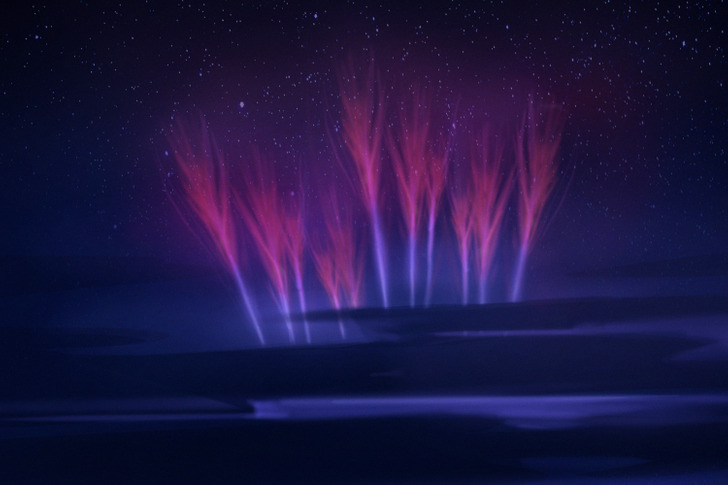
This phenomenon can be observed after strong sprites. They look like red spots with blurry tails. On high-speed cameras, you can see that this looks like a series of rapid events that starts with a red glow. It forms after the sprite tendril, which later produces a red streak down from itself. This phenomenon is similar to jets.
The name “trolls” is an abbreviation of the phrase “Transient Red Optical Luminous Lineaments.”
5. Pixies
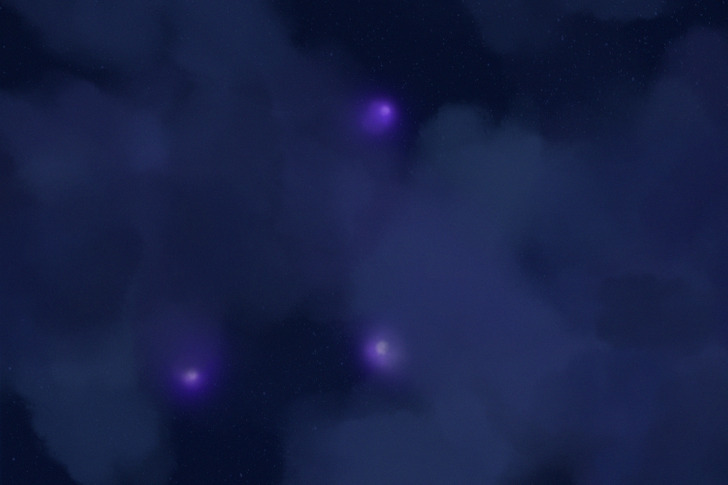
6. Ghosts
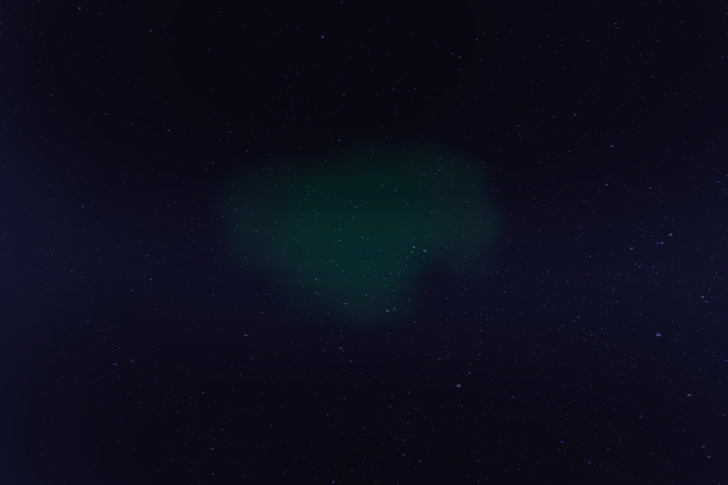
This phenomenon was officially discovered and documented as recently as 2019.
The nature of these phenomena remains unclear. However, the green color of the glow can be a clue. Green is commonly seen in phenomena in the upper atmosphere (like the northern lights). This is due to the excited oxygen atoms. It is assumed that when the tops of powerful sprites hit the layer where the atmospheric glow occurs, oxygen atoms will glow green for a short time.
The name “ghosts” is an abbreviation for “Green emissions from excited Oxygen in Sprite Top.”
7. Gnomes
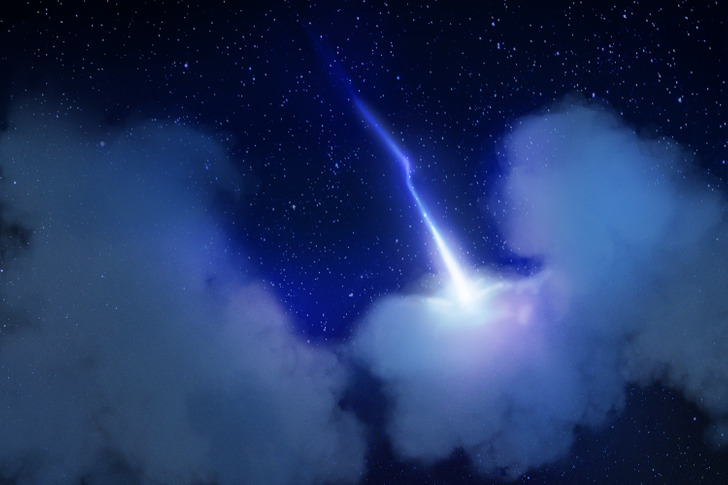
Gnomes are short bursts of light that point upward, and that can resemble a starting jet. This phenomenon is caused by a strong updraft that pushes moist air over the top of the thundercloud.
The width of this phenomenon is about 656 feet, and the height is no more than 0.6 miles. They only last a few microseconds. Since they were seen only in black and white footage, it is impossible to determine their color.